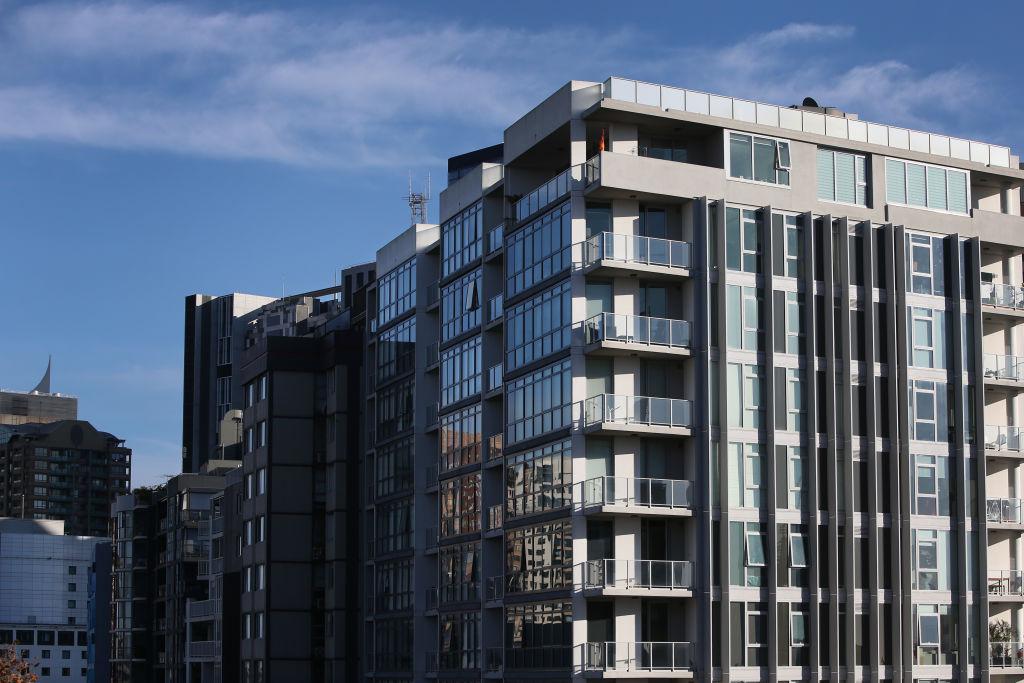The unprecedented flooding situation in Queensland and New South Wales could exacerbate the rental market across the country, which has reached its tightest point in 16 years and create more pressure on inflation.
Australia’s national rental vacancy rates fell to a new 16-year low to 1.2 percent in February, down from 1.3 percent in January, SQM research revealed (pdf).





